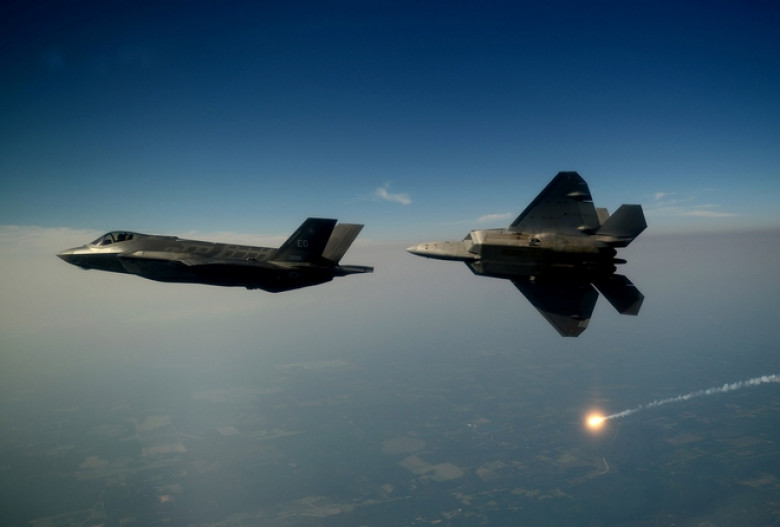7 Secret Ways America’s Stealth Armada Stays Off the Radar
It's no secret how America's stealth warplanes primarily evade enemy radars. Their airframes are specifically sculpted to scatter radar waves rather than bouncing them back to the enemy. Somewhat less important is the application, to select areas, of Radar Absorbing Material (RAM) meant to trap sensor energy not scattered by the plane's special shape.
In short, the four most important aspects of stealth are "shape, shape, shape and materials," to quote Lockheed Martin analyst Denys Overholser, whose pioneering work resulted in the F-117 Nighthawk, the world's first operational stealth warplane.
But in addition to shaping and RAM, the Pentagon's current stealth planes -- the B-2 Spirit bomber, the F-22 Raptor fighter, the RQ-170 Sentinel drone and the in-development F-35 Joint Strike Fighter -- boast other, lesser-known qualities that help them avoid detection. (We left the Army's stealth helicopter out of the discussion owing to a lack of information.)










































































